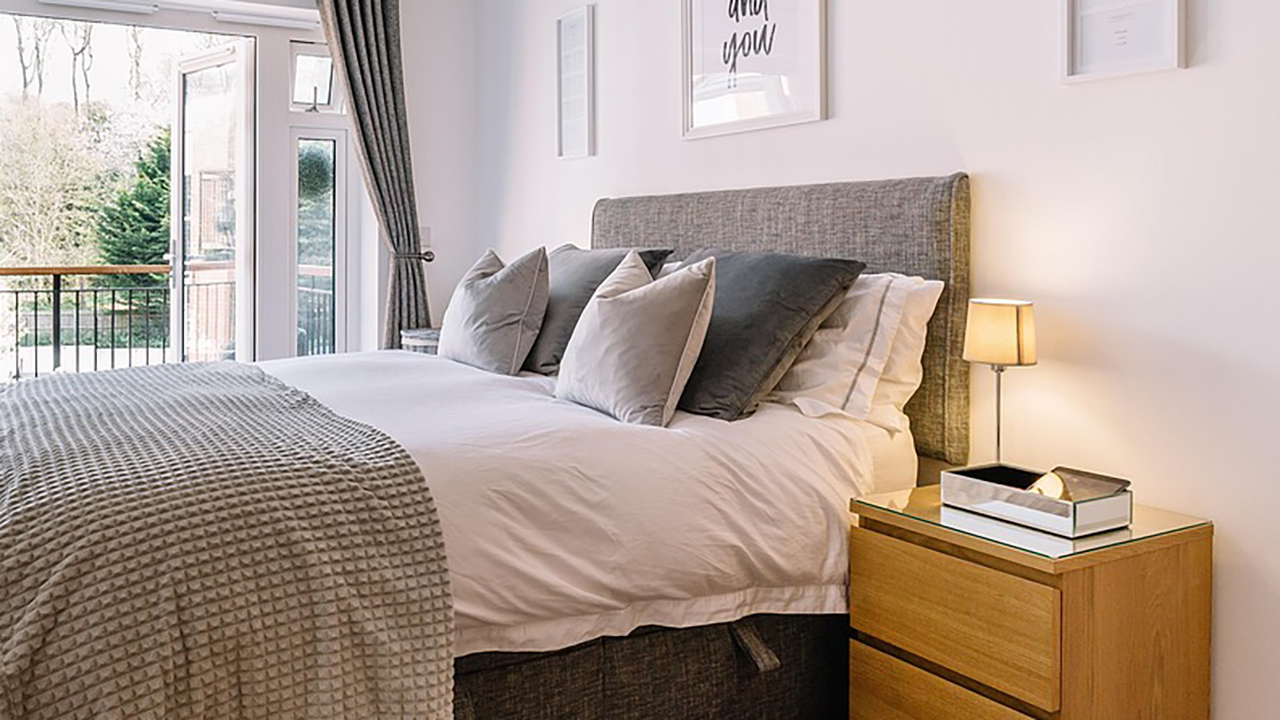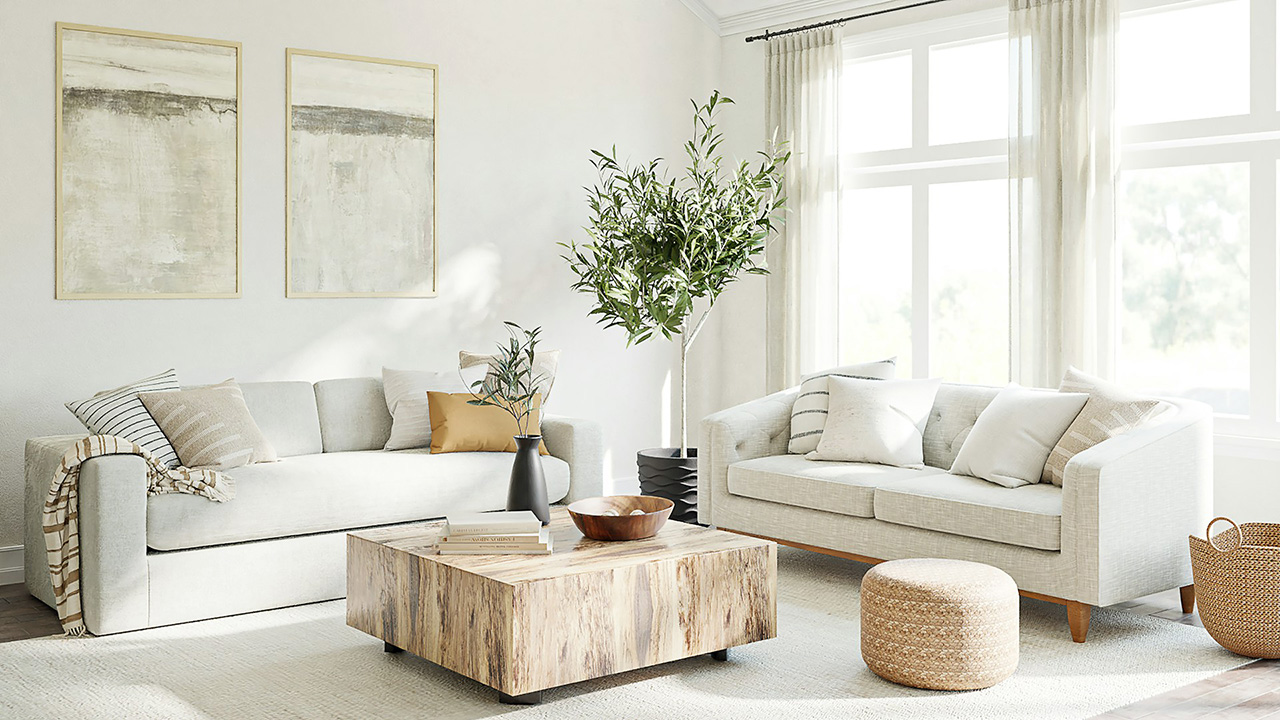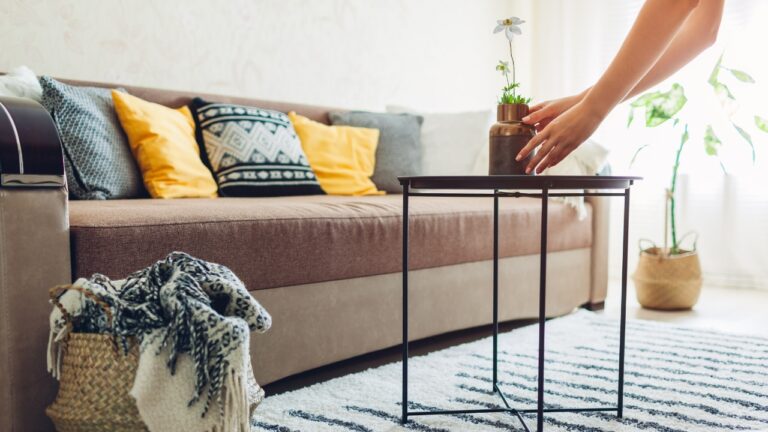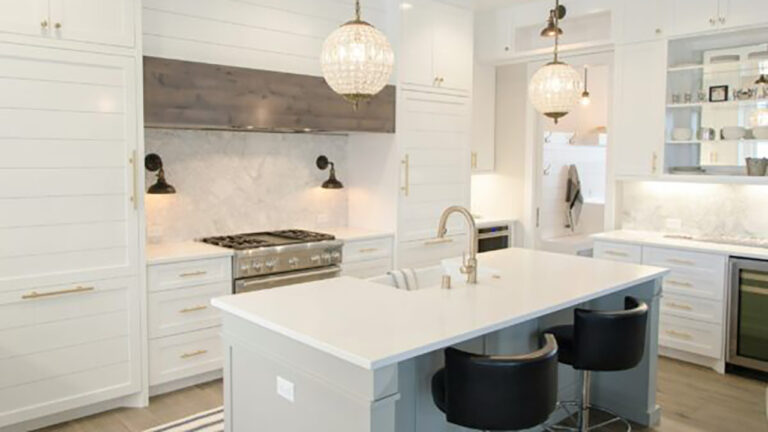How to make your home feel more expensive without buying new furniture
You can make a house read high-end without touching a single furniture order. The trick is editing, light, textiles, and how you present what you already own. When a room looks calm and intentional, people assume you spent more. You didn’t—you just stopped letting the small stuff work against you.
Try these moves, one room at a time, and watch everything start to click.
Start with a ruthless edit
Pull every small accessory off your surfaces. Keep only the pieces that earn their spot: family photos in simple frames, a bowl, one plant, maybe a candle. Group items in threes and give them space. When your eye can rest, the whole room reads pricier because it doesn’t feel cluttered or chaotic.
Put what you removed in a bin. If you don’t miss it after a week, donate it.
Tighten the color story
Pick one metal, one neutral, and one accent. Repeat them in pillows, throws, frames, and baskets. Matching tones do more for the room than buying a new sofa ever could. If you’re stuck, go with black, white, and warm wood. It’s forgiving and makes everyday pieces feel intentional.
When you shop later, buy only within that palette so the room stays consistent.
Upgrade textiles you touch

Swap limp pillow inserts for fuller ones and choose pillow covers with zippers so you can wash them. Add a heavier throw at the end of the sofa and fold it neatly. Texture reads “quality,” and it costs far less than new furniture. In bedrooms, a simple coverlet layered over your quilt cleans up the whole look.
Iron or steam the duvet corners. Crisp edges fake a designer’s hand.
Rethink lamp placement and bulbs
Overhead lights are harsh. Move two lamps to opposite corners and use warm white bulbs. Light the room from the sides so shadows soften. Suddenly your old furniture looks richer because you can actually see the texture and tone instead of glare.
Add one plug-in sconce or puck light over a dark reading chair to “finish” the zone.
Style the entry like a checkpoint
A tidy entry suggests the whole house is cared for. Set a small tray for keys, a low bowl, and one plant or sprig of greenery. Hang two hooks and keep them clear. The first ten seconds set the tone. If you nail the entry, guests assume the rest of the house follows suit.
Put a basket by the door for shoes and call it done.
Hide plastic and show wood and glass
Transfer pantry staples into glass jars, pour dish soap into a simple pump, and stash bright packaging in baskets. It’s the same stuff, but the presentation jumps. In living spaces, corral remotes in a wood box and use a tray under anything that sits on the coffee table. Trays are cheat codes.
If you have kids, one lidded basket per room saves your sanity and your look.
Give art breathing room

Move frames off the molding line and hang them at eye height. If the wall feels busy, swap five little pieces for one larger print. Big art makes a room feel finished. You can print family photos in black and white for under ten dollars and pop them into thin black frames for a clean gallery effect.
Center art over furniture, not the wall, so it looks grounded.
Mind the floor line
Cords and tiny rugs cheapen a room fast. Tuck cables behind furniture or use cord covers. Choose a rug large enough that front legs of seating land on it. If yours is too small, layer a cheap jute or sisal underneath to extend the footprint. A calmer floor makes everything above it feel better.
Vacuum lines help, too. It’s the simplest “detail” trick out there.
Borrow symmetry where you can
Pairs feel intentional—two lamps, two pillows, two stools. You don’t need perfect twins; similar in size and shape works. Use symmetry on the wall behind the sofa or on nightstands to make the room read organized. A few balanced moments make even a collected space feel composed.
If you can’t do pairs, mirror the height. Balance is the goal.
You didn’t buy new furniture. You edited, matched your colors, fixed light, cleaned up lines, and gave surfaces room to breathe. That’s what people read as expensive: order, care, and calm. Do that, and your home starts feeling like the version you were going for all along.
Like Fix It Homestead’s content? Be sure to follow us.
Here’s more from us:
8 upgrades that look like you spent thousands (but didn’t)
9 small changes that instantly make a house feel high-end
*This article was developed with AI-powered tools and has been carefully reviewed by our editors.







